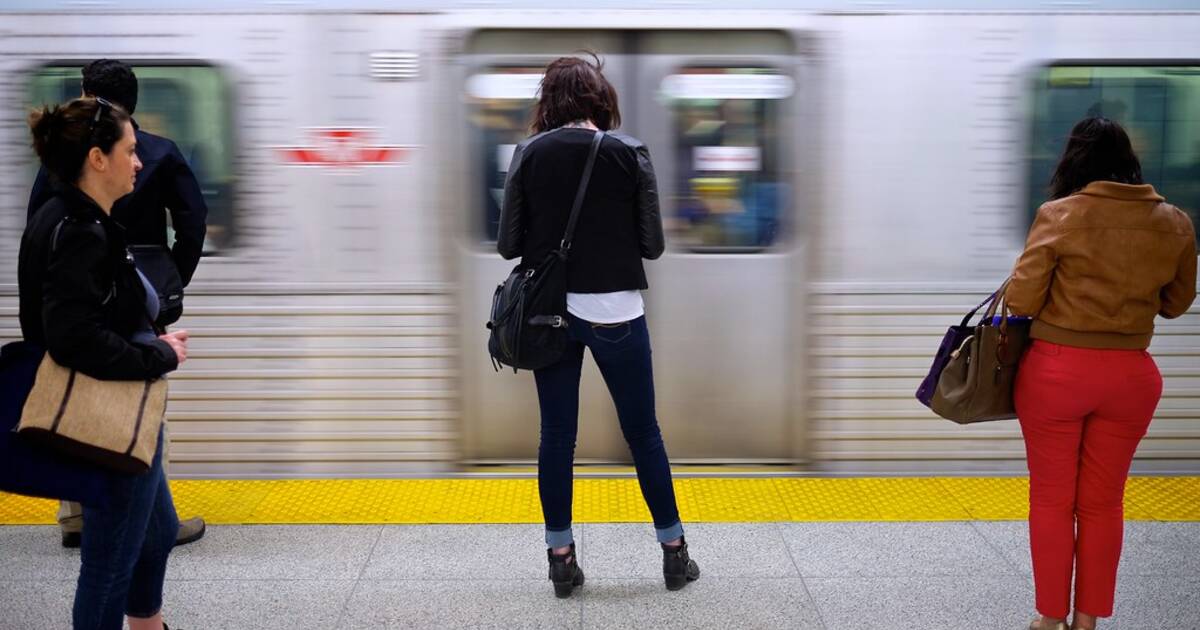
With constant crowds of commuters, there's no question that the subway can sometimes be hard to manoeuvre. And for those using mobility devices and strollers to enter and exit subway trains, it's even worse.
That's why the TTC is introducing the Subway Platform Gap Retrofit Program, a plan to correct the horizontal and vertical gaps between trains and subway platforms.
The #TTC is working to make its vehicles, facilities, and services more inclusive and accessible for all passengers. One important initiative is the Subway Platform Gap Retrofit Program.
— Jaye Robinson (@JayeRobinson) September 24, 2019
The Advisory Committee on Accessible Transit (ACAT) originally recommended the TTC work to solve this problem back in 2016.
And after a few years of analysis and research, they're finally take steps to correct it.
Yesterday, the TTC Board officially adopted recommendations from the Chief Infrastructure and Engineering Officer.
I look forward to continuing to work w/ the Advisory Committee on Accessible Transit (ACAT) to improve subway platforms. Today, the #TTC Board adopted recommendations to address the horizontal & vertical gaps on trains & subway platforms. Learn more here: https://t.co/oSz9f4yvjS
— Jaye Robinson (@JayeRobinson) September 24, 2019
In a report outlining the recommendations, it explains that a horizontal platform gap filler will be added to reduce the gap at any station that needs it.
In order to make the subway more accessible, the report recommends that the TTC Board adopt a platform edge gap retrofit standard of a maximum horizontal gap of 89 mm and a maximum vertical gap of 38 mm.
It also recommends the TTC Board direct staff to report back on the status of this program in fall 2020, and adopt the retrofit solution of a sloped tactile edge tile at a maximum 5 per cent gradient.
On top of all that, it specifies that a minimum horizontal clearance of 70 mm between the trains and platforms must remain to make sure the trains never make contact with the platform as they enter and exit the station.
In order to implement the program at the first 103 platforms over a 10 year period, it'll cost about $28 million.
City council has already approved $4.835 million in funding, which will cover work at the first 21 platforms.
After that, the rest of the funding will be included in the 2020 to 2029 Capital Budget and Plan submission for consideration — and the Chief Financial Officer has already reviewed the report and agrees with the financial impact information.
"The TTC has a strong organizational commitment to equity and accessibility and is making continuous progress toward making its vehicles, facilities and services more inclusive and accessible," the report states.
"The modifications described in this report to reduce the gap between subway trains and platforms will enable the existing subway system to be inclusive to more customers in compliance with the Accessibility for Ontarians with Disabilities Act (AODA)."
by Mira Miller via blogTO

No comments:
Post a Comment